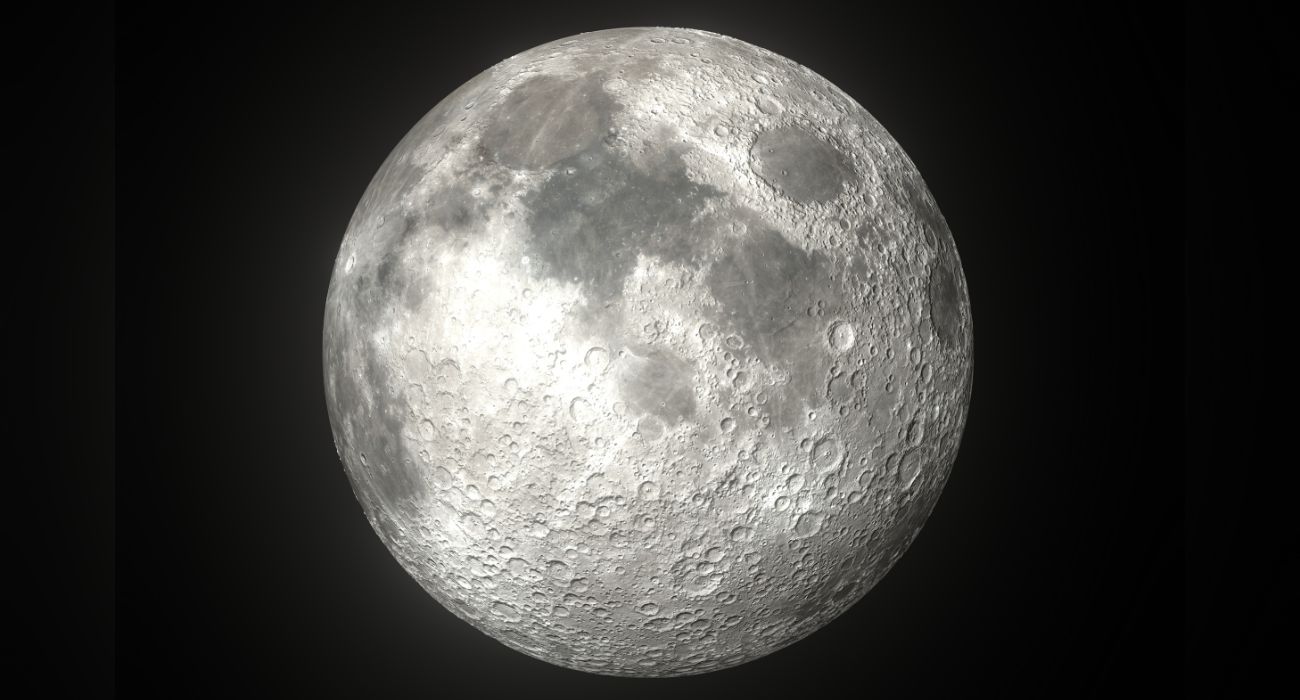The United States and China are engaged in a 21st-century space race, says NASA Administrator Bill Nelson.
“It is a fact: we’re in a space race,” Nelson told Politico.
The next two years of space exploration have the potential to determine which parts of the moon will be available for U.S. research.
Nelson warned that if China wins the new space race, it may attain the most resource-rich locations, like the South Pole, which is theorized to have water. Furthermore, China may control lunar landing sites and prohibit U.S. exploration altogether.
“[W]e better watch out that they don’t get to … the moon under the guise of scientific research … [and] say, ‘Keep out, we’re here, this is our territory,’” Nelson continued.
Beyond controlling the moon, the U.S. military has also raised concerns that Chinese space exploration may threaten U.S. satellites and, therefore, GPS, internet, and cell phones.
“There is potentially mischief China can do on the moon,” added Terry Virts, former commander of the International Space Station and Space Shuttle. “If they set up infrastructure [on the moon], they could potentially deny communications.”
These warnings come after the release of the 2023 federal government spending budget. Funding for NASA is $600 million shy of the $26 billion the organization requested.
Beyond the less-than-desired budget, NASA’s timeline leaves little room for error, says Space Force Lt. Gen. Nina Armagno.
“It’s entirely possible [China] could catch up and surpass us,” Armagno said in a visit to Australia last month. “The progress they’ve made has been stunning — stunningly fast.”
From launching classified satellites to developing Asia’s largest telescope, the China National Space Administration has been steadily closing the gap between the U.S. and China on space technology.
Over the past few years, China has made considerable leaps in lunar exploration. For instance, a Chinese rover, Yutu 2, was the first to explore the far side of the moon. Additionally, the Chinese installed a relay satellite, Quequiao, on the moon’s surface.
Most recently, the final module for China’s Tiangong space station was put into place, and the country hopes to have at least three astronauts manning the station for the next decade.
Meanwhile, Chinese officials “firmly reject” the U.S. official’s remarks, which they claim “misrepresent the normal and legitimate space endeavors of China.”
“Outer space is not a wrestling ground,” read a statement from Liu Pengyu, a spokesman for the Chinese Embassy in Washington. “China always advocates the peaceful use of outer space, opposes the weaponization of and arms race in outer space, and works actively toward building a community with a shared future for mankind in the space domain.”
Technically, the moon is off-limits for any one country to own under the 1967 Outer Space Treaty, a U.N. agreement that was signed by 89 nations, including the Republic of China. In 1983, the government of the People’s Republic of China in Beijing asserted its rights under the treaty against the disputed government in Taiwan.
The 1967 treaty established many rights of countries on the moon, such as the right to set up bases and the restriction of military activity on the lunar surface.
“The Outer Space Treaty, the most important treaty in outer space, agreed upon in 1967 between all important space-faring countries, agreed that no state could ever appropriate part of the moon,” space expert Professor Frans von der Dunk told the website Talks on Law.
According to von der Dunk, however, some legal gray areas still exist regarding things such as mineral rights, which could open the possibility of a country such as China monopolizing some aspects of the moon’s resources.
Moreover, Nelson fears that China will not honor the treaty.
“Look at what they did with the Spratly Islands,” Nelson pointed out.
The Spratly Islands are an uninhabited, mineral-rich group of islands in the South China Sea. Although ownership of the islands is contested, satellite images show that the Chinese are building airstrips and artificially enlarging the islands.
While Artemis II, the second in a course of progressively more complex U.S. lunar missions, is on schedule to launch in 2024, Nelson expressed that the budgetary shortfall will force NASA to strip and reuse all avionics from the Artemis I capsule, costing valuable time.
When asked whether the U.S. will beat China to the moon again, Nelson said, “the good Lord willing.”







It’s been reported that China wants to establish a “space economic zone” by 2050. If they win the race, it’s a sure bet they will protect any resources they find with weapons, not wrestlers.
May the Force be with you.
I have no doubt that China has ill intentions, but could this be a ploy for NASA to acquire more funding?
I think it’s preposterous that the organization is complaining about lack of funds but still has enough to spend towards DEI initiatives.